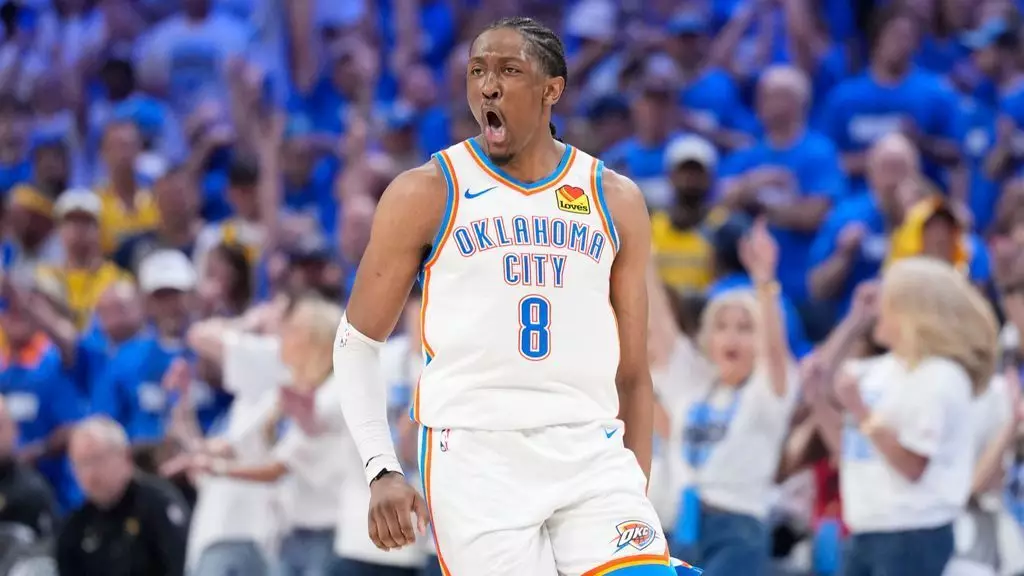Oklahoma City Thunder’s recent contract extensions signal a clear intent to dominate the NBA’s landscape—a move that is both bold and fraught with peril. By locking in their core trio of Gilgeous-Alexander, Williams, and Holmgren with massive deals, the franchise positions itself as a serious contender for the upcoming decade. But beneath this surface of ambition lies a complex gamble: is the Thunder’s strategy rooted in strategic foresight or driven by reckless optimism? The sheer scale of these contracts, totaling up to a staggering $822 million, raises eyebrows among critics who see this as a high-wire act—daring to walk the tightrope over the financial abyss, risking sustainability for fleeting hope of titles.
This aggressive pursuit of excellence symbolizes a shift in NBA franchise management—favoring star power and long-term commitment over cautious rebuilding. Yet, it also exposes the franchise to the perils of cap constraints, especially as they edge closer to the luxury tax thresholds. While recent years have seen a trend of ‘big-spenders’ testing the bounds of salary caps, Oklahoma City’s strategy might prove to be a double-edged sword: an opportunity to maximize core talent at the expense of future flexibility.
Resilience and Sacrifice: The Williams Saga
The story of Jalen Williams encapsulates the grit that underpins this franchise’s bold vision. Playing through a devastating wrist injury in the playoffs, Williams exemplified resilience—the kind that heroes are made of and that reporters love to embellish. However, it also exposes a troubling side: the tendency in elite sports to valorize overexertion, often at the expense of player health. Williams’ decision to continue competing despite a severe injury underscores the physical toll players endure, but it also raises questions about the expectation to push through pain in high-stakes environments.
Williams’ breakout season, culminating in All-NBA honors and a pivotal role in Oklahoma City’s first NBA championship, showcases what can happen when talent and determination align. Yet, this narrative of sacrifice also masks a broader issue—are players increasingly pressured to ignore their health for franchise success? The long-term consequences of such injuries threaten not just careers but the integrity of the sport itself.
A Controversial Path to Glory
Oklahoma City’s calculated approach combines talent acquisition with financial risk—placing their chips on the table for a shot at lasting greatness. The team’s strategic investment in young stars hints at a belief that the club can sustain this firepower into the future, despite looming concerns about the impending luxury tax and salary cap restrictions. Critics argue that this approach could sow the seeds of financial instability, or worse, undermine the team’s depth if luxury tax penalties become unsustainable.
This strategy reflects a certain hubris—a confidence that star power alone can carry a team through the unpredictable rigors of an NBA championship chase. Yet, this approach also risks alienating the franchise from financial prudence and long-term stability. In a league where good health, steady development, and prudent management often trump sheer spending, Oklahoma City’s gamble may appear as a short-sighted blitz rather than a carefully crafted plan.
Still, the franchise’s willingness to prioritize winning now, even if it strains financial boundaries, is emblematic of a broader shift in sports—where the allure of immediate success often outpaces cautious, sustainable growth. Whether this gamble pays off or leads to a future debt spiral remains the most compelling question facing Oklahoma City today.


Leave a Reply